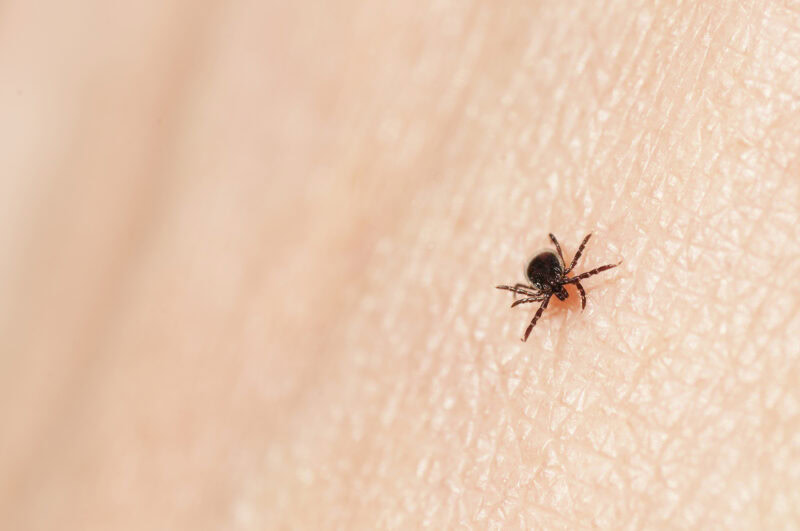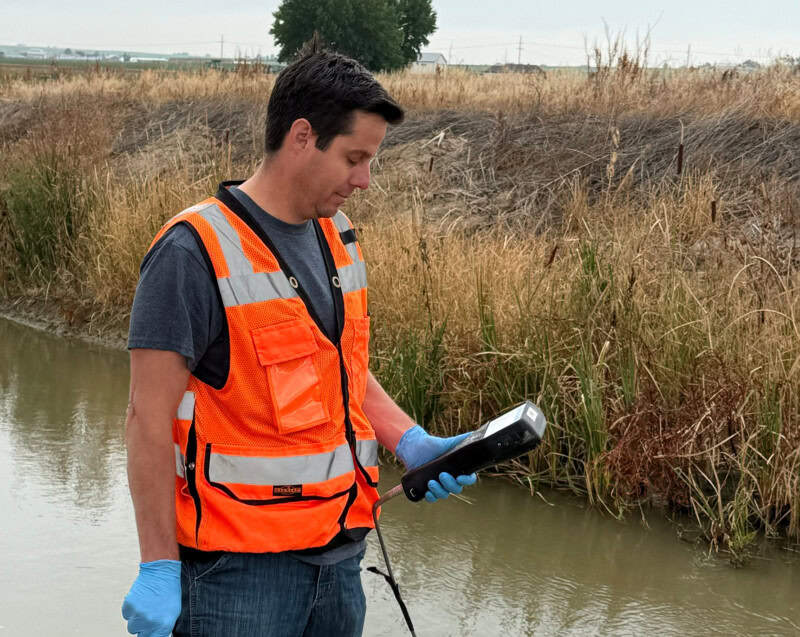Summer is heating up, which means prime tick season is officially underway. With 2017 predicted to be a particularly bad year for ticks, it’s more important than ever for outdoor workers to be aware of these parasites and their ability to transmit Lyme disease. According to the Centers for Disease Control and Prevention (CDC), approximately 30,000 cases of Lyme disease are reported in the U.S. each year. If diagnosed early, this disease can be easily treated with antibiotics. Left untreated, however, it can cause chronic conditions such as inflammatory arthritis, heart disease, muscle pain and neurological disorders. So, what do outdoor workers need to know about Lyme disease? CTEH’s industrial hygienists are answering the most frequently asked questions:
What types of outdoor workers should be on the lookout for ticks this summer?
All outdoor workers should be up-to-date on the dangers of tick season, but especially those who work in heavily wooded or brushy areas with high grass and leaves. These may include those who work in construction, forestry, landscaping, farming, oil and gas or the utilities industry. Workers in the northeastern and north-central U.S. are at the highest risk of exposure.
What steps can outdoor workers take to prevent tick bites at their workplaces?
The Occupational Safety and Health Administration (OSHA) recommends avoiding or clearing job sites of tick-habitats. Workers should remove leaves, tall grass and brush; control rodent and small mammal populations; and discourage deer activity. OSHA also recommends applying “tick-toxic” chemicals in accordance with Environmental Protection Agency, state and local regulations.
Should outdoor workers wear specific clothes to prevent bites?
Workers should wear repellent with 20% or more DEET and spray products that contain permethrin on their clothing. (NOTE: One application of permethrin is effective for several washings). OSHA recommends workers wear long-sleeved shirts, hats, closed shoes, and pants that can be tucked into socks or boots. Workers should also wear light-colored clothing so it’s easier to see and remove ticks.
What should workers do after they’ve left a potentially tick-infested job site?
Workers should bathe or shower as soon as possible. They should then do a full-body tick check with mirrors. If they find any ticks on their body, they should remove them immediately with fine-tipped tweezers and clean the area with soap and water. As an extra precaution, workers should also examine their gear and tumble dry their clothes on high heat for 10 minutes to kill any remaining ticks.
What should workers do if they’ve been bitten?
If workers have been bitten, or suspect they may have been bitten, they should seek medical attention as soon as possible. They may develop Lyme disease symptoms including a “bulls-eye” rash, fever, lymph node swelling, fatigue, neck stiffness, headache or joint and muscle aches.




